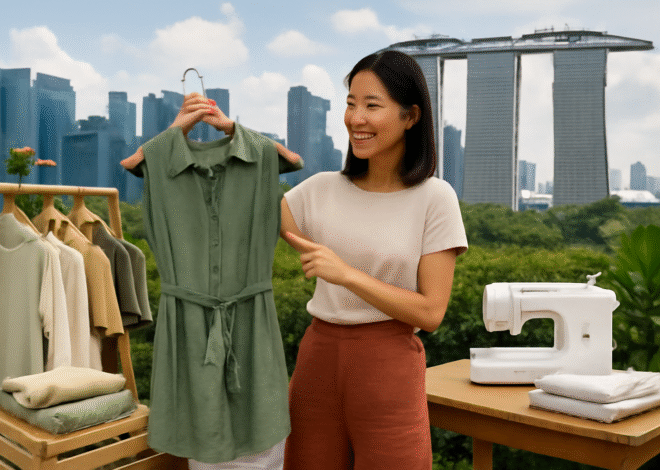
Local Roots, Global Footprints: The Singapore Playbook
Look closely at Singapore’s breakout fashion names and a pattern emerges: strong product-market fit at home, meticulous systems, then methodical expansion. Charles & Keith refined fast-turn accessories with elevated design and approachable pricing, seeding stores across multiple regions with a highly repeatable retail framework. Love, Bonito, born from a blogshop era, professionalized fit for Asian women and built loyalty through content, community classes, and a tight feedback loop from try-ons to post-purchase surveys.
The mid-luxury space is anchored by designers who translate Southeast Asian aesthetics for international wardrobes. Ong Shunmugam pairs heritage textiles with modern tailoring; garments hold narrative value without feeling costume-like. In Good Company excels at seasonless capsules—fluid trousers, engineered tops, and clever coords—that ship neatly across climates and work cultures. On the street side, SBTG’s collaborations illustrate how Singapore creatives plug into global sneaker and art networks.
Distribution is multi-pronged. Brands test markets via online shipping and limited pop-ups before choosing flagship locations. Shop-in-shops and travel-retail counters capture transient audiences, while wholesale with curated boutiques offers cultural credibility. Visual merchandising remains consistent: neutral palettes, clean signage, precise lighting—portable aesthetics that protect brand equity in unfamiliar malls.
Operations underpin the story. Many labels employ near-shoring within the region, mixing small-batch flexibility with occasional hero runs. Digital product development and demand forecasting tame inventory volatility; lean drops reduce markdown dependency. Customer data informs size curves, color repeats, and restock cadence, keeping gross margins intact.
Marketing favors resonance over reach. Founders front campaigns, speak to craft, and involve community—styling workshops, alteration clinics, cultural talks—creating reasons to visit stores beyond a transaction. Social content is polished but human; user-generated try-ons coexist with artful lookbooks. This balance attracts both regional shoppers and diaspora communities abroad.
Sustainability is less slogan, more operating habit: thoughtful material choices, repair or resale pilots, and packaging minimalism. Jewelry and accessory brands emphasize durability and modularity, extending wear across seasons. The cumulative effect is trust.
By blending discipline and design, Singapore brands turn small-scale beginnings into border-crossing businesses. Their advantage isn’t noise—it’s nuance, repeated consistently.


